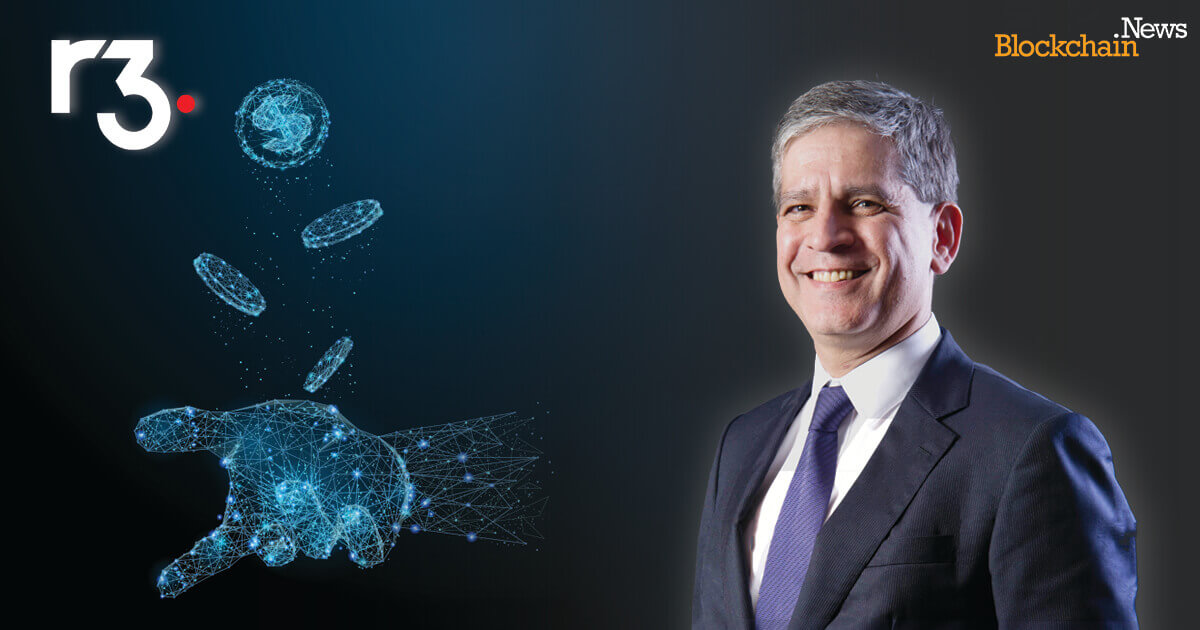R3 Highlights the Transformative Potential of Tokenization in Finance
Zach Anderson Sep 26, 2023 16:24
R3, a leading enterprise blockchain software firm, discusses the transformative potential of tokenization in the financial sector. The company emphasizes the need for regulatory frameworks and industry standards to unlock the full benefits of digital assets. According to a June 2023 report from Bernstein, $5 trillion in assets could be tokenized in the next five years, offering significant opportunities for market participants.

The Promise and Challenges of Tokenization
Tokenization, the process of converting real-world assets into digital tokens on a blockchain, is poised to revolutionize the financial industry, according to R3. It promises benefits such as access to new markets, product innovation, and better liquidity management. However, the technology faces hurdles like regulatory compliance and the lack of industry standards.
Regulatory Hurdles
The banking industry faces challenges in dealing with tokenized deposits and public chains. Basel rules impose exposure limits on crypto assets, requiring strict adherence to compliance guidelines. Regulatory sandboxes like the EU's DLT Pilot Regime and the UK's FMI Sandbox offer some relief by providing a controlled environment for experimentation.
The Need for Collaboration
For tokenization to succeed, there must be close collaboration among government agencies, financial institutions, and technology providers. R3 and Adhara have launched the Hyperledger Lab, Harmonia, to facilitate open conversations around enterprise blockchain interoperability and industry standards.
Implementing the Right Protocols
The financial world is on the brink of a digital transformation, with $5 trillion in assets potentially being tokenized in the next five years. Implementing the correct tokenization solutions and frameworks, such as control location services and custody frameworks, is crucial for this transition.
A Digital Future for Finance
Tokenization is not merely a trend but a transformative force that will continue to shape the future of finance. It has the potential to democratize investment opportunities, improve cost efficiency, and enhance collateral management. However, overcoming challenges like distribution complexity and regulatory compliance is essential for its widespread adoption.
The Importance of Standardization
While tokenization offers a plethora of opportunities, the absence of standardized protocols and frameworks remains a significant barrier. Industry players like R3 are actively working to shape these standards from the inside by openly collaborating. For example, the launch of Hyperledger Lab, Harmonia, aims to enable open conversations towards building industry standards around enterprise blockchain interoperability.
Regulatory Frameworks as Catalysts
Regulatory frameworks such as the EU’s DLT Pilot Regime or the UK’s FMI Sandbox can act as catalysts for innovation. These frameworks provide the much-needed regulatory certainty and encourage experimentation, enabling market participants to implement new technologies that support the tokenization of financial and digital assets.
Disclaimer & Copyright Notice: The content of this article is for informational purposes only and is not intended as financial advice. Always consult with a professional before making any financial decisions. This material is the exclusive property of Blockchain.News. Unauthorized use, duplication, or distribution without express permission is prohibited. Proper credit and direction to the original content are required for any permitted use.
Image source: Shutterstock.jpg)
